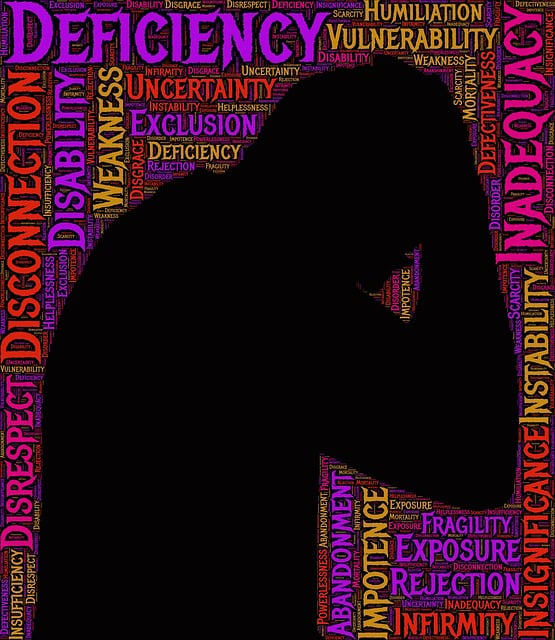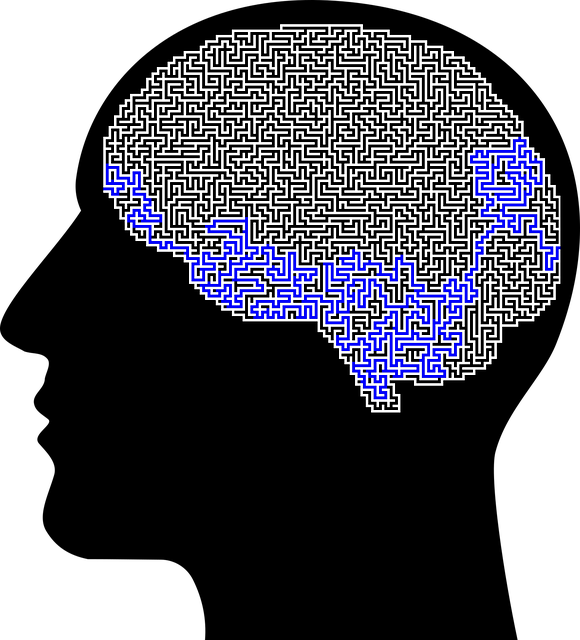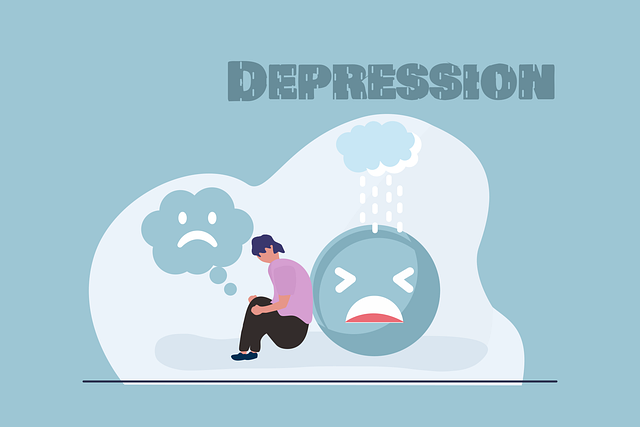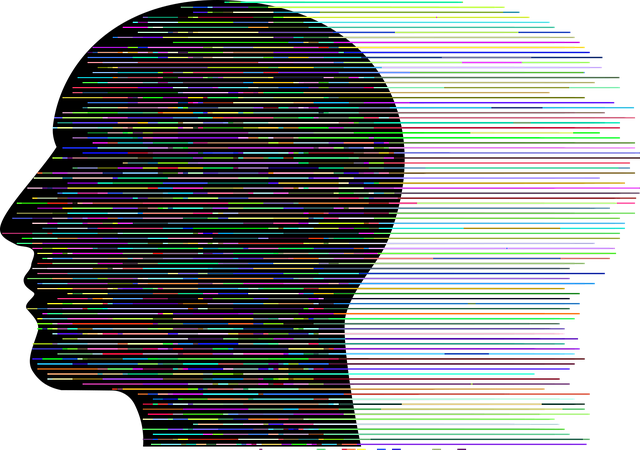TL;DR:
Therapy for adults with Obsessive Compulsive Disorder (OCD) centers on Cognitive-behavioral therapy (CBT) combined with Exposure and Response Prevention (ERP). This approach disrupts the OCD cycle by confronting fears and challenging intrusive thoughts. Key aspects include:
1. Risk Assessment: Detailed analysis of obsessions, compulsions, and their impact to design tailored interventions.
2. Holistic Approach: Tailoring treatments for anxiety management, using evidence-based methods like CBT, and addressing stigma.
3. Harm Minimization: Strategies involving empathy, open communication, and support to avoid self-care disruptions.
4. Continuous Evaluation: Regular progress assessments to adjust interventions, prevent burnout, and identify risks early.
This comprehensive approach ensures effective symptom management while enhancing quality of life for adults with OCD.
Risk assessment and harm minimization planning are crucial components in the therapy for adults with Obsessive Compulsive Disorder (OCD). This comprehensive guide delves into understanding OCD’s impact, assessing risks specific to the condition, and developing effective strategies. By identifying potential harms, healthcare professionals can create tailored plans that support individuals managing OCD symptoms. We explore best practices for implementation and monitoring, ensuring safety and enhancing therapeutic outcomes in the treatment of OCD.
- Understanding Obsessive Compulsive Disorder (OCD) and Its Impact
- The Role of Risk Assessment in OCD Treatment
- Identifying Potential Harms and Risks Specific to OCD
- Developing a Comprehensive Harm Minimization Plan
- Implementation and Monitoring: Ensuring Safety and Effective Therapy
Understanding Obsessive Compulsive Disorder (OCD) and Its Impact

Obsessive Compulsive Disorder (OCD) is a mental health condition characterized by intrusive thoughts and repetitive behaviors that individuals feel compelled to perform. These obsessions and compulsions can significantly impact daily life, causing anxiety, distress, and impairment. For adults struggling with OCD, therapy plays a pivotal role in managing symptoms and restoring a sense of control. Cognitive-behavioral therapy (CBT), specifically Exposure and Response Prevention (ERP), has proven highly effective in treating OCD by helping individuals confront fears, challenge obsessions, and gradually reduce compulsive behaviors.
Understanding the nature of OCD is essential for both individuals affected and mental health professionals conducting risk assessments. This involves recognizing the cycle of obsessions and compulsions, as well as the potential impact on self-care practices. Effective harm minimization planning incorporates empathy building strategies to create a supportive environment, fostering open communication and understanding. By integrating these approaches, therapy for adults with OCD can be tailored to address specific needs, ensuring better outcomes and improved quality of life.
The Role of Risk Assessment in OCD Treatment

Risk assessment plays a pivotal role in the therapy for adults with Obsessive Compulsive Disorder (OCD), serving as a cornerstone for effective treatment planning. It involves meticulously evaluating an individual’s specific obsessions and compulsions, along with their impact on daily life, to identify potential risks and vulnerabilities. This process enables healthcare providers to tailor interventions that not only address the symptoms but also mitigate any harmful consequences or escalations.
By integrating Healthcare Provider Cultural Competency Training, Emotional Well-being Promotion Techniques, and even Community Outreach Program Implementation, risk assessment becomes a dynamic and comprehensive strategy. It ensures that therapy aligns with cultural nuances, enhances overall emotional resilience, and leverages community support. This holistic approach is key to fostering effective recovery and improving the quality of life for adults struggling with OCD.
Identifying Potential Harms and Risks Specific to OCD

Identifying potential harms and risks specific to Obsessive Compulsive Disorder (OCD) is a critical step in risk assessment and harm minimization planning, especially for adults seeking therapy. OCD can significantly impact an individual’s daily functioning, relationships, and overall quality of life. Common risks include severe anxiety, depression, social isolation, and the potential for self-harm if left untreated or poorly managed.
Self-awareness exercises can help individuals recognize their specific obsessions and compulsions, enabling them to identify personal triggers and high-risk situations. Cultural sensitivity in mental healthcare practice is also essential, as OCD manifestations can vary across cultures, influencing both symptom presentation and response to treatment. Additionally, burnout prevention strategies for healthcare providers are crucial to ensure consistent and effective support throughout the therapy process for adults with OCD.
Developing a Comprehensive Harm Minimization Plan

In developing a comprehensive harm minimization plan for therapy for adults with Obsessive Compulsive Disorder (OCD), it’s essential to adopt a multi-faceted approach that addresses both symptoms and underlying emotional drivers. This involves tailored strategies aimed at anxiety relief, leveraging evidence-based therapies like Cognitive Behavioral Therapy (CBT) to help individuals manage OCD compulsions effectively. By integrating these techniques, therapists can guide clients through robust emotional healing processes, breaking free from the cycle of OCD-related distress.
Moreover, a comprehensive harm minimization plan should be accompanied by mental illness stigma reduction efforts, fostering an environment that encourages openness and understanding. This not only supports better coping strategies but also promotes sustained recovery. Through these collective measures, individuals with OCD can navigate their journey towards improved mental health, achieving greater control over their lives without succumbing to the debilitating effects of their disorder.
Implementation and Monitoring: Ensuring Safety and Effective Therapy

Effective therapy for adults with Obsessive Compulsive Disorder (OCD) heavily relies on a robust implementation and monitoring system. This process ensures that the treatment strategies, often involving cognitive-behavioral therapy (CBT) coupled with exposure and response prevention (ERP), are safely and effectively executed. Regular assessment of patient progress, including symptom severity and emotional regulation, allows therapists to adjust treatment plans according to Mind Over Matter principles. Such tailored interventions can prevent burnout, a common challenge in managing OCD, by ensuring that the therapy remains responsive to individual needs.
Monitoring also plays a critical role in identifying potential risks and side effects early on. By closely observing patient responses, therapists can quickly intervene if any adverse reactions arise. This proactive approach not only maintains patient safety but also strengthens the therapeutic bond. Through continuous evaluation, therapists can confirm that the chosen methods are indeed minimizing harm while promoting positive emotional outcomes, thereby enhancing overall therapy effectiveness for adults with OCD.
Risk assessment and harm minimization planning are essential components of therapy for adults with Obsessive Compulsive Disorder (OCD). By understanding the specific risks and potential harms associated with OCD, healthcare professionals can develop comprehensive strategies to enhance safety and support effective treatment. This tailored approach ensures that individuals with OCD receive the best possible care, enabling them to manage their symptoms and improve their overall well-being.








